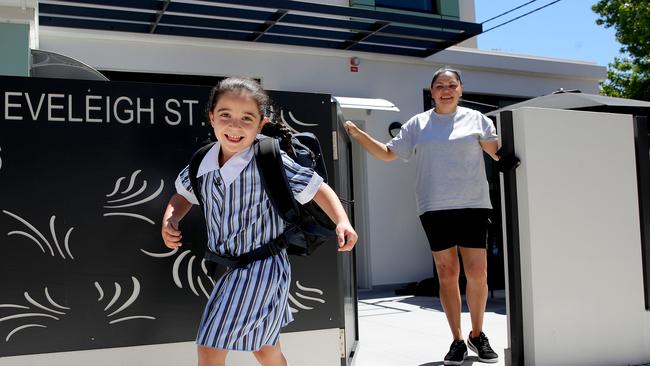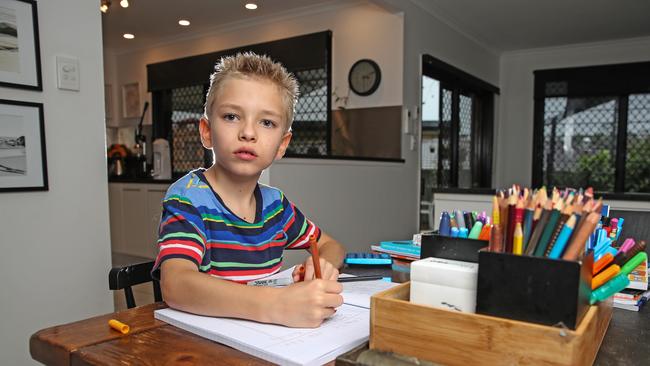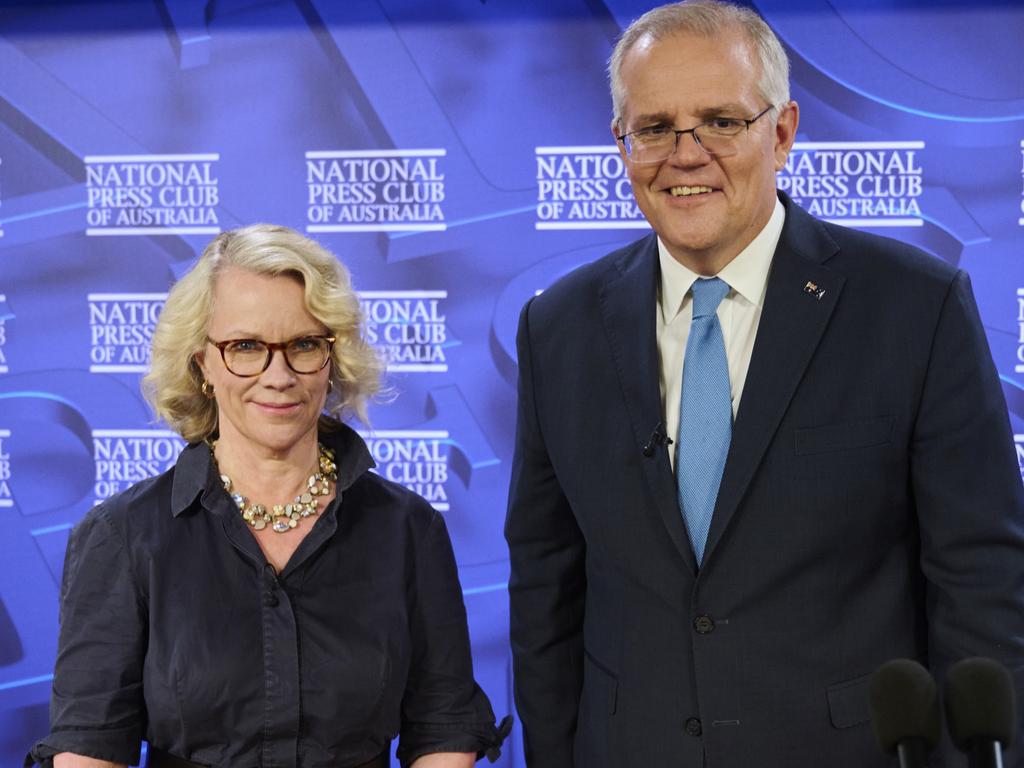Students prove more resilient than we thought
Grandstanding journalists might have missed one of the Prime Minister’s significant remarks on a very important issue this week.

Contrary to widely held assumptions by the media, and despite demands for mental health services “going off the charts” during the pandemic, remarkably “death by suicide rates actually fell … and remained at those lower levels”.
The decline in suicide rates in 2020, a 6.2 per cent decrease from 2019, is indeed extraordinary and, seemingly, a paradox. Pre-pandemic, Australia had one of the highest rates of youth suicide among OECD countries. However, one thing is clear – there is no lack of evidence for the size and scale of the surge in mental health problems during the pandemic.
The four busiest days in Lifeline’s 57-year history all occurred in August last year. According to the Australian Institute of Health and Welfare, from mid-May 2020 to mid-February last year, the weekly volume of mental health-related Pharmaceutical Benefits Scheme prescriptions dispensed were above the same period one year prior; and between March 16, 2020, and April 25 last year more than 15 million Medicare-subsidised mental health-related services were processed nationally.
There also have been many recent media reports of increased demand for psychological services and increased emergency mental health presentations. But whether this surge translates to an ongoing mental health crisis – a “shadow pandemic”, especially among the young – is another matter.

The first thing that should be remembered is the generally poor state of young Australians’ mental health. During the past 10 years, as reported in The Australian, emergency mental health admissions have skyrocketed, causing emergency treatment and accommodation options to be severely strained. But whether people suffering from mild depression and anxiety during lockdowns will continue to experience these problems once the pandemic subsides is questionable.
One cohort that has been of particular focus is young school-age children. Once again, the levels of anxiety, depression and just plain worry have been understandably high among this cohort – and their parents. As children return to school, there is an assumption they will experience a multitude of problems related to their learning gaps or ongoing mental health. So prevalent is this view that the Human Rights Commission has designed a voluntary survey for children between the ages of nine and 17. This might provide a superficial sketch of the mental health of those whose parents decide they should take the survey, but it could be a bureaucratic make-work exercise for social busybodies, or perhaps the stress over children psychological welfare post-pandemic is a mistaken catastrophist view.
A recent report by Glenn Fahey and the Centre for Independent Studies, Beating the Lockdown Blues: Students Pass the Covid Test, has questioned this assumption. Using data from the definitive Longitudinal Study of Australian Children and comparative overseas data, the researchers found the effects on children educationally and psychologically have not been as severe as first assumed.
The NAPLAN results for 2020-21 were not as disastrous as had been expected. Using a comparative metric, Australian children outperformed comparable groups overseas. In lockdown capital Victoria, in 2020 students actually made close to the amount of progress they would have made in a typical year. Their teachers and parents were better prepared for online learning than most, especially in regard to technology, and policies such as the government’s supply of technology had a positive effect. More significantly, students who were well engaged in face-to-face learning were more likely to rate satisfactory achievement in home-based learning.
The researchers’ most unexpected finding was that the psychological damage of home learning seemed far less severe than previously thought. The study acknowledges that many, if not most, students experienced some negative feelings, such as loneliness, but looking at LSAC and US data the research also suggests the best treatment for addressing these mild problems is returning students to classrooms.
“There is evidence that adverse psychological effects are likely to moderate once children are returned to normal face-to-face schooling and wider restrictions have eased.” A meta-analysis of the psychological effects during and after past quarantine events shows that elevated psychological distress levels are generally limited to previous sufferers of mental illness. “Where reopening of economies and societies have taken place, students’ wellbeing has rebounded relatively quickly, particularly mental health symptoms caused by social isolation … as restrictions within the wider US population eased, the likelihood of mental distress returned to pre-pandemic levels. This suggests that the priority should be to restore familiar social interactions at school.”
Should we be investing in post-pandemic mental health programs for kids? Not according to this study, which found “no significant relationship between students’ reported achievement and their mental and social health”.
Importantly, it is their coping ability that matters, as does their success at school. So, rather than creating additional programs that have limited effect, perhaps we need better investment of existing funding to improve teaching practice that would be more effective.
Because, despite the widely held and understandable view that there is a shadow pandemic of mental health issues among the young due to lockdown blues, the experience of many young Australians may not align with those assumptions.
If you or anyone you know is struggling, call Lifeline on 13 11 14.







During Scott Morrison’s National Press Club address this week, many people, distracted by the limelight shone on grandstanding journalists, might have missed one of the Prime Minister’s significant remarks on a very important issue.